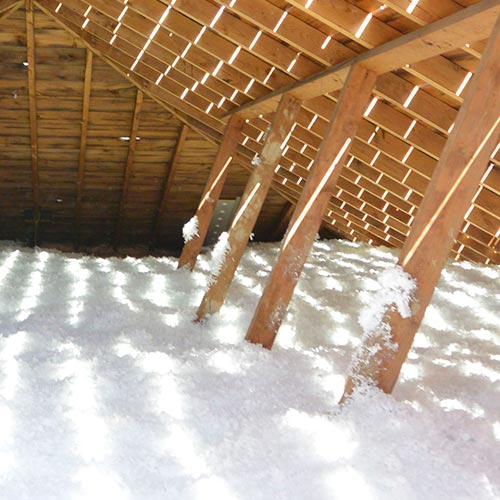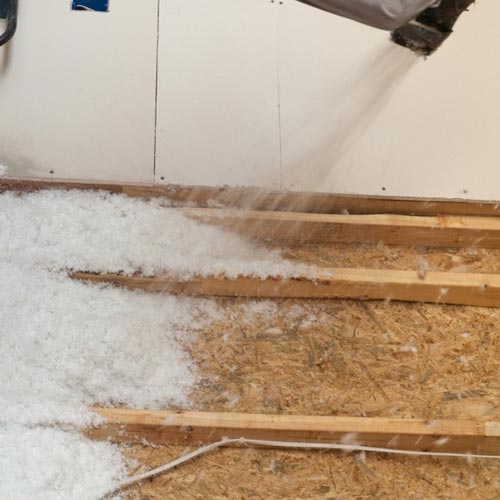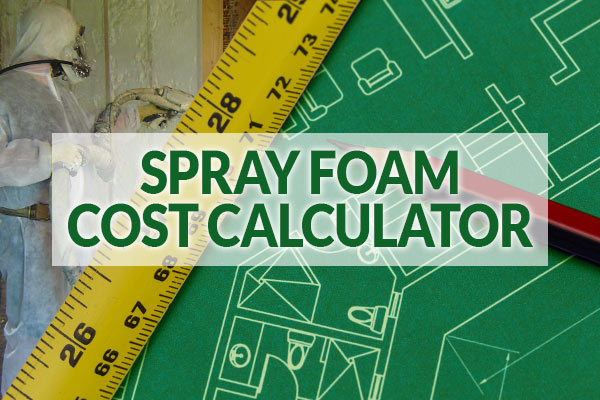Blow Insulation
Blow-in insulation is often competing with other forms and is increasingly growing in popularity in the market today. At RC Spray Foam, we have been able to bring up much improvement in performance per square inch when it comes to blown-in insulation while using the most economical of amounts.
Once applied, the liquid expands and forms bubbles that dry up, filling up space. Because gases are naturally poor conductors of heat, and because the foam is made up of materials that have high resistance to heat transfer, heat exchange through it is significantly reduced.

What is it all about?
Blow-in insulation simply refers to the spraying or blowing of an insulation material into attics, wall cavities, holes, and floors to prevent air leakage. Depending on the form of insulation selected, the methods may vary. Our readily available blown insulation comes in various forms:
Cellulose
Blow-in cellulose dates back to as early as the 1920s. It mainly comprises of recycled newsprint and corrugated cardboard that are treated with fire retardant. The three main types of blow-in cellulose with which we use today particularly in the residential application include loose-fill, stabilized and wall cavity spray.
Secondly, the light nature of spray foams makes them suitable when you don’t want to add weight onto a structure. At the same time, the spray content forms a rigid structure that adds strength to your walls.
Loose-fill fiberglass
Fiberglass is basically made from glass that is blown or spun into fibers (in its loose form). A blowing machine is usually needed to install the loose-fill effectively. This form of blow-in insulation is mostly applicable in attics and wall cavities since it can tackle insulation threats such as mold, mildew, fungus, and moisture. At RC Spray Foam, our insulation is made up of virgin fiberglass that is specifically designed neither to rot nor absorb any form of moisture.
Benefits of blown-in insulation
Perhaps the most distinct of merits of this form of insulation is its energy efficiency. The blown material is able to get into tiny crevices and cracks in the attic- a place where air typically leaks from. The material is versatile, enabling the penetration through to pipes and other objects with unique shapes. The moisture-resistant nature of this insulation makes it a must-have in every home if energy conservation is anything to go by.
The eco-friendliness of blow-in insulation solution is another reason for its growing popularity. Fiberglass is essentially made up of recycled glass and sand – both renewable sources – thereby ensuring no environmental resources are further taken down in a bid to insulate a household. Similarly, cellulose is made out of recycled, environmentally friendly material that has very minimal health risks.
Blow insulation can look like a costly investment at the time, as is the case with many other insulation methods. However, when you look at the fact that you stand to save up to $600 dollars a year in the form of energy bills, blow insulation will be the real deal. Over the years, the value of this insulation will be realized with the reduced energy consumption in the house.

Blow insulation provides an airtight seal, therefore ensuring that minimal noise is able to travel through the walls. This sound buffing effect is very handy particularly if you are situated in a noisy neighborhood.
Finally, the fire risk that is usually associated with the installation of insulations can be a thing of the past with blown insulations as they are made out of fire retardant materials. The airtight seal also ensures that combustion levels are kept at their lowest in the event of a fire.
To receive a free quotation for your home’s spray foam insulation, call us on 1-647-973-3626.


